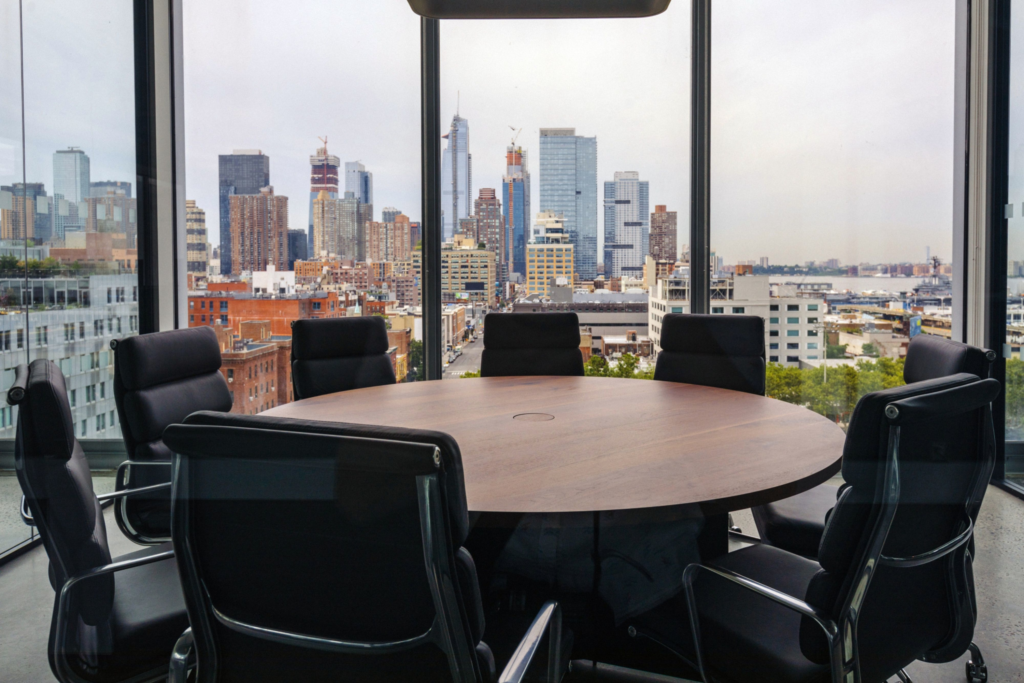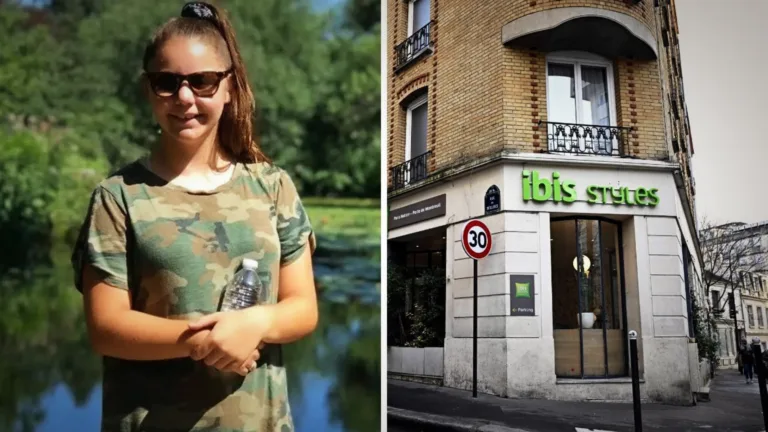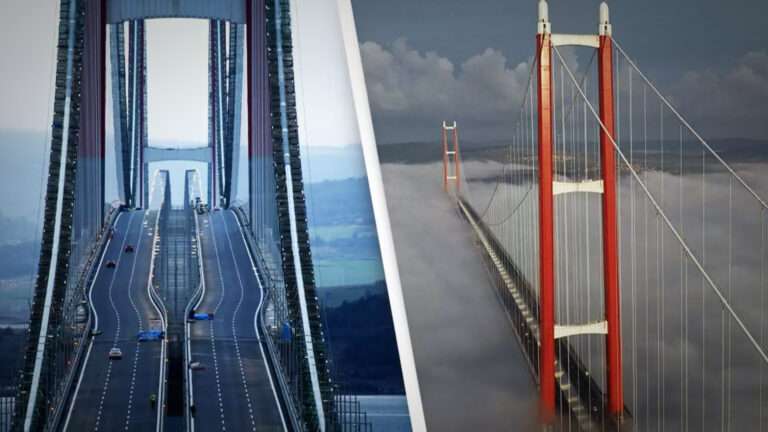Is Remote Work the Secret to Revolutionizing America’s Cities?

The rise of remote work has been one of the most significant changes to the American workforce in recent years. What started as a necessity during the pandemic has quickly evolved into a long-term shift, fundamentally altering how and where people live and work. With more companies adopting flexible work arrangements, the future of American cities is undergoing a transformation, impacting everything from housing markets to local economies.
The Remote Work Revolution: A New Way to Work
Remote work was once seen as a perk reserved for tech companies or freelancers, but the COVID-19 pandemic changed all that. As offices closed and employees were forced to work from home, many discovered they could be just as productive, if not more so, outside of a traditional office. Now, millions of Americans continue to work remotely, with studies showing that many prefer the flexibility it offers.
For employers, remote work means access to a wider talent pool, as geographic location is no longer a limiting factor. For employees, it allows greater work-life balance, more flexibility in managing their schedules, and in many cases, the ability to live in areas with a lower cost of living.

The Great Migration: People Are Leaving Big Cities
One of the most noticeable effects of remote work is the shift away from crowded urban centers to more suburban and rural areas. Cities like New York, San Francisco, and Chicago saw a decline in population during the height of the pandemic, as people took advantage of remote work flexibility to move to places with more space and lower costs.
This shift has been dubbed “The Great Migration,” and it’s reshaping the housing market. People no longer feel tied to living in expensive, bustling cities where they spend hours commuting. Instead, they’re moving to quieter towns or smaller cities where they can get more for their money—larger homes, access to nature, and a slower pace of life.

A Boon for Smaller Cities and Rural Areas
The move away from big cities has created new opportunities for smaller cities and rural areas. As remote workers flock to these places, local economies are benefiting. Real estate markets are booming, with demand for homes soaring in areas that were once considered less desirable. Communities that were previously struggling to attract new residents are now experiencing a revitalization.
This influx of remote workers also brings diversity and innovation to smaller towns. Remote workers often bring with them skills and expertise from industries that were once concentrated in large cities, leading to new business opportunities and economic growth. Local businesses—especially those catering to remote workers—are seeing a boost in demand, and the economy is diversifying in ways that were previously impossible.
The Future of American Cities: Blended Living and Working
While many are leaving big cities, it’s not the end of urban life altogether. Cities will still play a crucial role, but they may evolve into hubs for collaboration, innovation, and socializing rather than being the primary place where people live and work. Companies may downsize their physical office spaces, creating more flexible, collaborative environments where employees come together for specific projects or team-building activities.
Cities will likely continue to develop hybrid models of living and working. With remote work allowing people to be more mobile, American cities may become places where individuals live part-time, with the flexibility to travel and work from different locations. This shift could lead to more dynamic, adaptable urban spaces that cater to a variety of needs, balancing both residential and work-related functions.

Conclusion: A New Chapter for Cities and Workers Alike
Remote work has fundamentally changed the way Americans think about where and how they work. The traditional idea of the office as the center of professional life is being replaced by a more flexible, decentralized approach. As more people embrace the freedom of remote work, American cities—both big and small—will continue to adapt to meet the needs of this new way of living and working. Whether it’s through booming small-town economies or redesigned urban centers, the future of American cities looks promising, diverse, and more connected than ever before.






